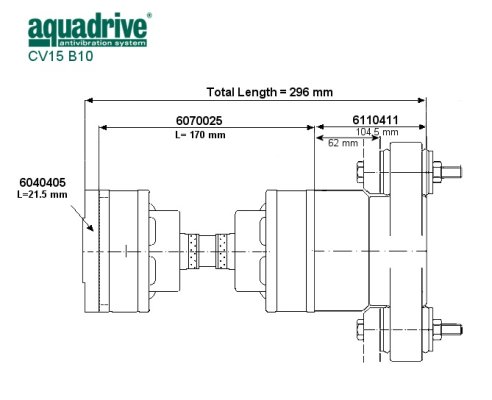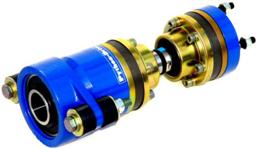You are correct that the torque is multiplied by the gear ratio, and that can squash the mounts on one side, and unload the ones on the other side. But this only occurs when the engine is at a high power setting. Given the typical straight six, that engine makes some serious vibes at 3 hits per rev down close to idle. That is where it is important for the engine to "float". At idle, there is also little torque going down the shaft. So when needed the most, the engine floats the best. Add power and the rpms go up, but the vibes go down, so even if the mounts hit the limits of their travel, it causes little vibe to enter boat structure.
All commercially available resilient mounts are designed to float the engine within a certain force per mount. Once that force exceeds a certain level, it starts to "ground", but gradually. Same if force is reduced. But as described, usually when package is making serious torque and mounts beginning to ground, engine is also at point that it is making very little vibe.
If running a 4cyl without balance shafts, it has a nasty second order vibration that increases with rpm, unlike the smooth six. In that case the grounded mounts can cause the rather obnoxious vibe to enter the hull. As a 2x vibe, it ends up being detected more as a noise vs a vibe.
Designing a mount system for a 3cyl or 4cyl is much more of a challenge. A six is super easy as at cruise rpm it makes almost no vibes. Inherently smooooooth. Except at idle!!




